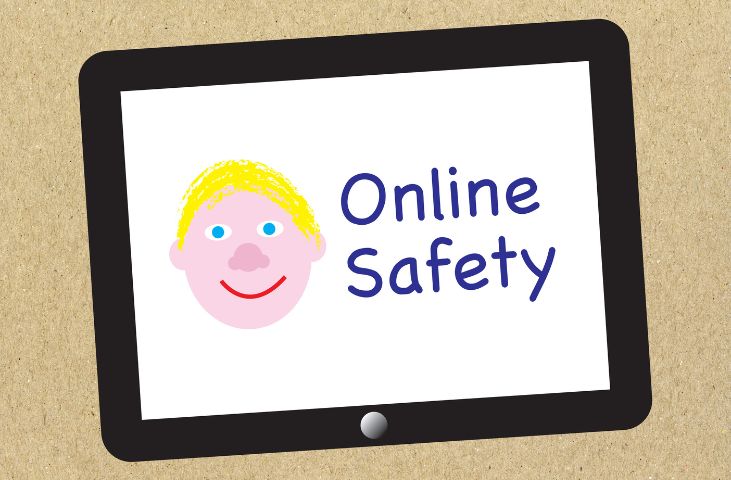Online Safety Bill Summary

Estimated reading time: 4 minutes
Online Safety Bill Summary
The UK Parliament has recently passed a ground-breaking piece of legislation known as the Online Safety Bill, aimed at revolutionising the regulation of the digital and online world. This bill places an emphasis on enhancing the accountability of social media and other online platforms, particularly in terms of safeguarding the online space for children and young adults. It mandates these organisations to implement stringent controls, including age verification processes, to curb the spread of harmful and illegal content online.
Ofcom, the UK’s communication watchdog, is tasked with ensuring adherence to these new regulations. Non-compliance could result in substantial fines, potentially amounting to 10% of a company’s global annual turnover. The bill’s jurisdiction extends to any website accessed within the UK, irrespective of the website’s location.
The Online Safety Bill summary sheds light on the various key components of the Online Safety Bill, highlighting its important elements and the concerns raised about its potential impact on free speech, privacy and child protection. It also discusses the bill’s implications for educational institutions, emphasising the need for enhanced online safety education and policy revision in schools.
Key features of the Online Safety Bill
In this Online Safety Bill summary, we look at the key aspects of the bill, which are:
- Duty of Care: Online platforms, including social media, search engines and cloud storage services, are required to shield users from harmful content and proactively reduce the spread of illegal and damaging materials.
- Combatting Online Dangers: Platforms must block access to various harmful contents, such as pornography, fraudulent ads and cyberbullying and incorporate safety considerations into their design and operations.
- Independent Regulator: Ofcom will oversee compliance and enforce penalties for violations.
- Transparency and Reporting: Platforms must assess and report on child safety risks and their mitigation strategies.
- Age Verification and Privacy: Enhanced age verification and default high-level privacy settings are mandated, particularly for young users.
- Educational Resources: Platforms are required to provide guidelines and tools for online safety education.
Online Safety Bill Summary Concerns
The bill, while aiming to enhance online safety, has sparked debates over its broad definitions of harmful content and the practicality and privacy implications of age verification systems. Critics also argue that the bill may not sufficiently protect children, pointing to potential gaps in addressing child abuse and the effectiveness of enforcement measures.
Implications for Schools
It is also important to highlight in this Online Safety Bill summary what the expectations for schools are. Schools are expected to integrate online safety more prominently into their curricula and train teachers on the bill’s provisions. They are also encouraged to use the bill’s enhanced reporting systems for addressing online incidents and to collaborate with parents, students and technology companies for a comprehensive understanding of online risks.
Online Safety Bill Summary Conclusion
The Online Safety Bill is a significant step towards regulating the online environment, with a focus on protecting children. However, its success hinges on a balanced approach that considers safety, free speech and privacy. The bill calls for a collaborative effort among government bodies, technology companies, schools and families to be effective. Thoughtful implementation and an evidence-based approach are crucial for maintaining this balance in the evolving digital landscape.
For the full article and more details on the Online Safety Bill, please visit our new Smart Horizons website and read the extended version of this article titled: ‘Online Safety Bill Summary‘
Our Online Safety Training course is designed to help individuals, particularly those in the education sector, to thoroughly understand the nuances of online safety. For more information and to take the training visit our Online Safety Training course page.
If you would like more help choosing the best course for yourself or your organisation, you can get in touch with our friendly customer service team by calling us on 01327 552030, emailing us at hello@smarthorizons.co.uk, or using the contact form on our website.




